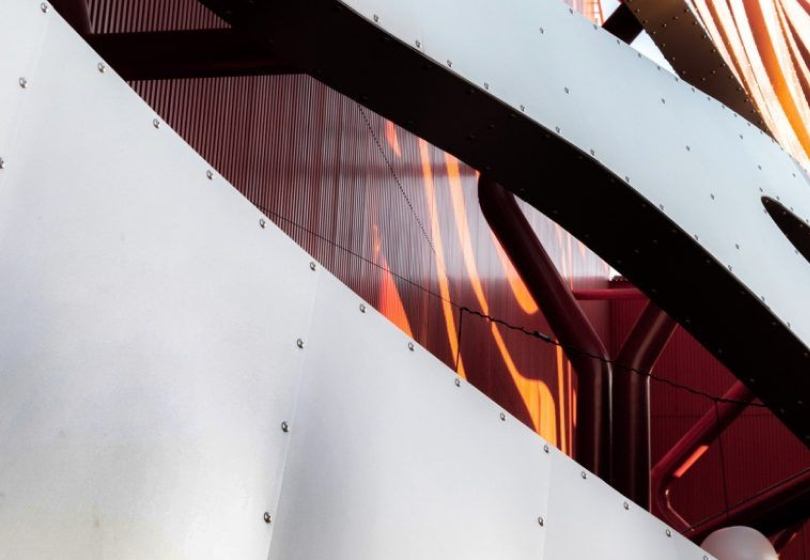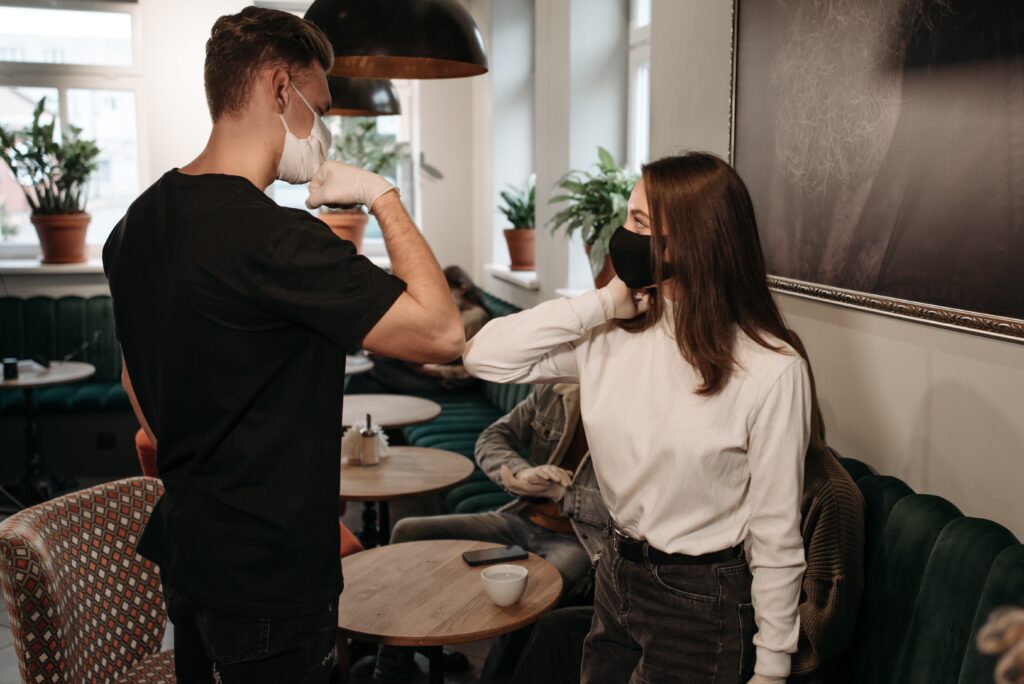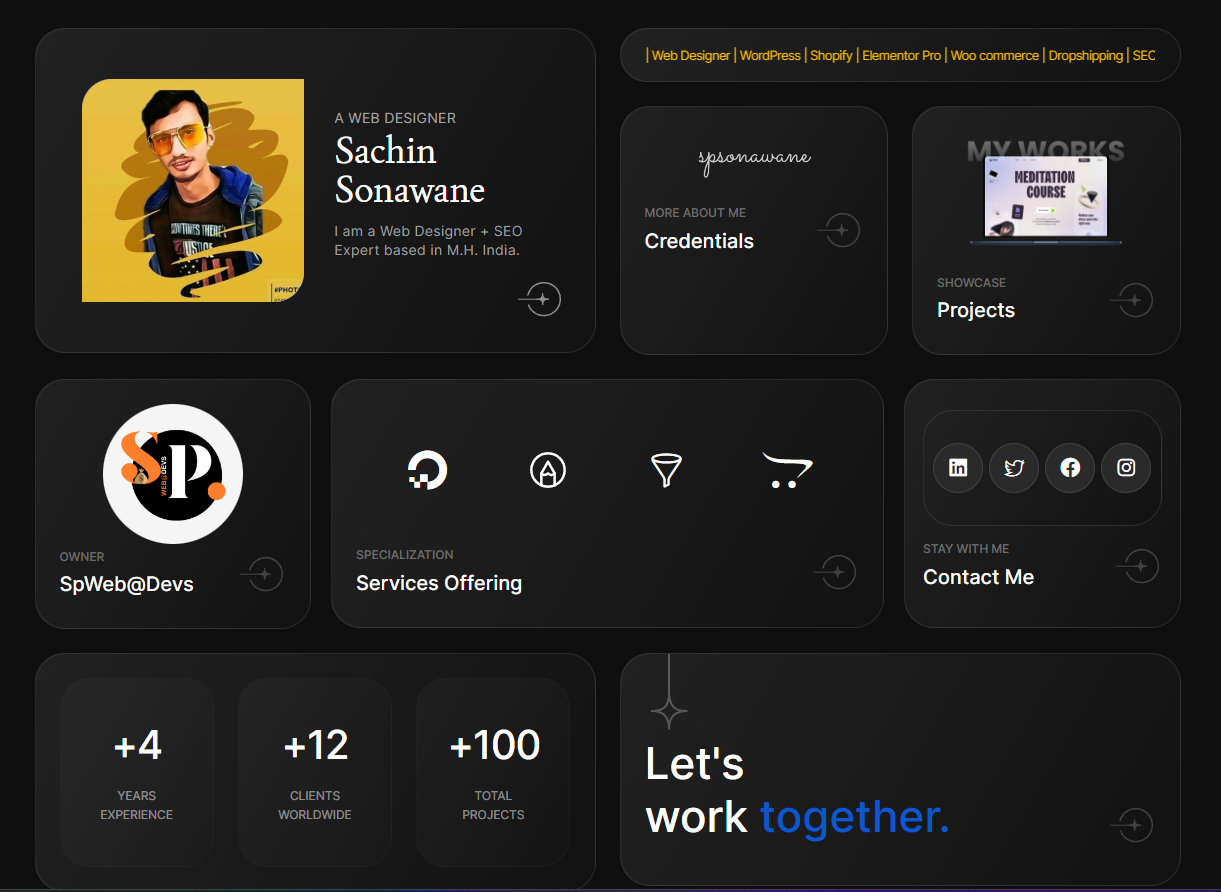
In the wake of the COVID-19 era, traditional design alone is insufficient to address our needs. Explore innovative solutions to adapt and create safe, functional spaces in this comprehensive article.
The COVID-19 pandemic has reshaped our world in unprecedented ways. From remote work to social distancing, our lives have undergone a profound transformation. Traditional design, which previously served us well, may no longer suffice in this new era. In this article, we delve into the challenges posed by the pandemic and explore innovative approaches to design and space utilization.
Rethinking Spaces in the COVID-19 Era
The Impact of COVID-19 on Traditional Design
The pandemic has forced us to reconsider how we design and use our spaces. Traditional open offices, crowded restaurants, and bustling airports, once symbols of efficiency, now pose health risks.
Embracing Flexible Workspaces
To adapt to the new normal, businesses are embracing flexible workspaces. Co-working environments, remote working options, and flexible office layouts are becoming the norm. This shift allows employees to maintain productivity while reducing health risks.
Home Office Revolution
As remote work becomes more prevalent, the home office has taken center stage. Redesigning our homes to accommodate a productive workspace is crucial for maintaining work-life balance.

Traditional Design Won’t Save Us in the COVID-19 Era
Traditional design principles often prioritize aesthetics and efficiency over safety and health. In the face of the pandemic, we must reevaluate our priorities.
Designing for Safety
Prioritizing Ventilation and Air Quality
COVID-19 is primarily spread through respiratory droplets. Therefore, adequate ventilation and air filtration are crucial in public and private spaces.

Social Distancing in Design
Redesigning public spaces to accommodate social distancing is essential. From restaurants to public transportation, we must create environments that allow people to maintain safe distances.
Touchless Technology
The integration of touchless technology, from automatic doors to contactless payment systems, minimizes the need for physical contact in shared spaces.
Adapting Commercial Spaces
Restaurants and Hospitality
Restaurants have had to pivot to outdoor dining, increased spacing between tables, and enhanced sanitation to ensure customer safety.
Retail Stores
Retail spaces are reimagining their layouts, making shopping a safer and more convenient experience.
Entertainment Venues
Concert halls and theaters have adopted new seating arrangements, reduced capacity, and increased sanitization procedures to bring back live entertainment safely.
FAQ
Q: Can traditional design principles still be applied in the COVID-19 era?
A: While traditional design has its merits, it must now be complemented with safety and health considerations to meet the challenges posed by the pandemic.
Q: What are some tips for creating an effective home office space?
A: Designate a specific area, invest in ergonomic furniture, and ensure good lighting and ventilation for an optimal home office.
Q: How can businesses ensure employee safety in the office?
A: Implement flexible working arrangements, redesign office layouts to accommodate social distancing, and maintain rigorous sanitation practices.
Q: What role does technology play in post-pandemic design?
A: Touchless technology, such as automatic doors and contactless payment systems, is vital in reducing the risk of virus transmission in shared spaces.
Q: What are some safety measures in restaurants during the pandemic?
A: Restaurants have implemented outdoor dining, increased table spacing, and intensified sanitation efforts to ensure customer safety.
Q: Are there any design solutions for entertainment venues?
A: Entertainment venues have adopted reduced capacity, new seating arrangements, and enhanced sanitization procedures to offer safe live entertainment.
Conclusion
The COVID-19 era has revealed that traditional design is no longer sufficient. Adapting to our new reality requires rethinking our spaces to prioritize safety, health, and flexibility. By embracing innovative design principles, we can create environments that not only meet our needs but also enhance our well-being. Traditional design won’t save us, but the willingness to adapt and innovate will.
















